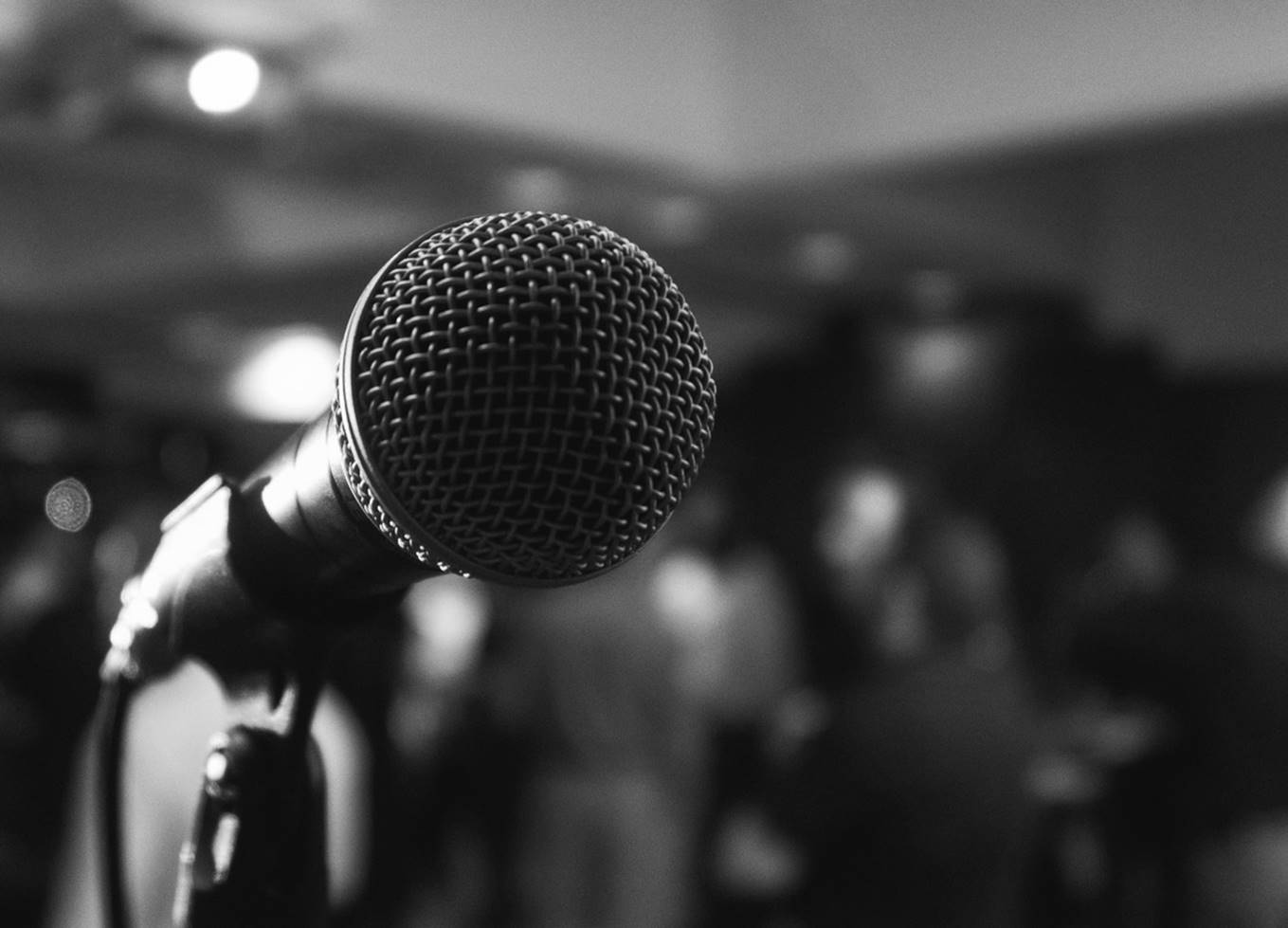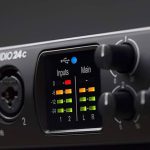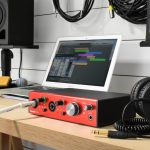The key difference between a cardioid and supercardioid mic is simply the polar pattern (i.e., the degree of sensitivity relative to the direction or angle of sound arriving at the microphone).
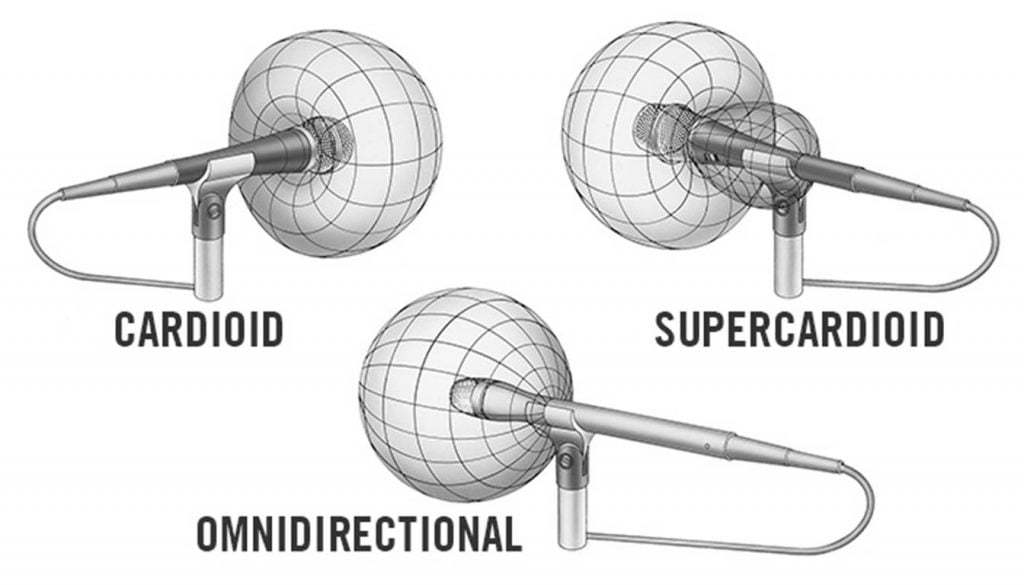
A cardioid microphone is most sensitive to sounds coming in front of the mic and least sensitive to sound coming at the back. Their reception pattern also extends to the sides at -90 to +90 degrees off axis and has a pickup angle of approximately 131 degrees. This means that it can accommodate up to two singers and can still pick up a vocalist with a multi-pattern mic technique.
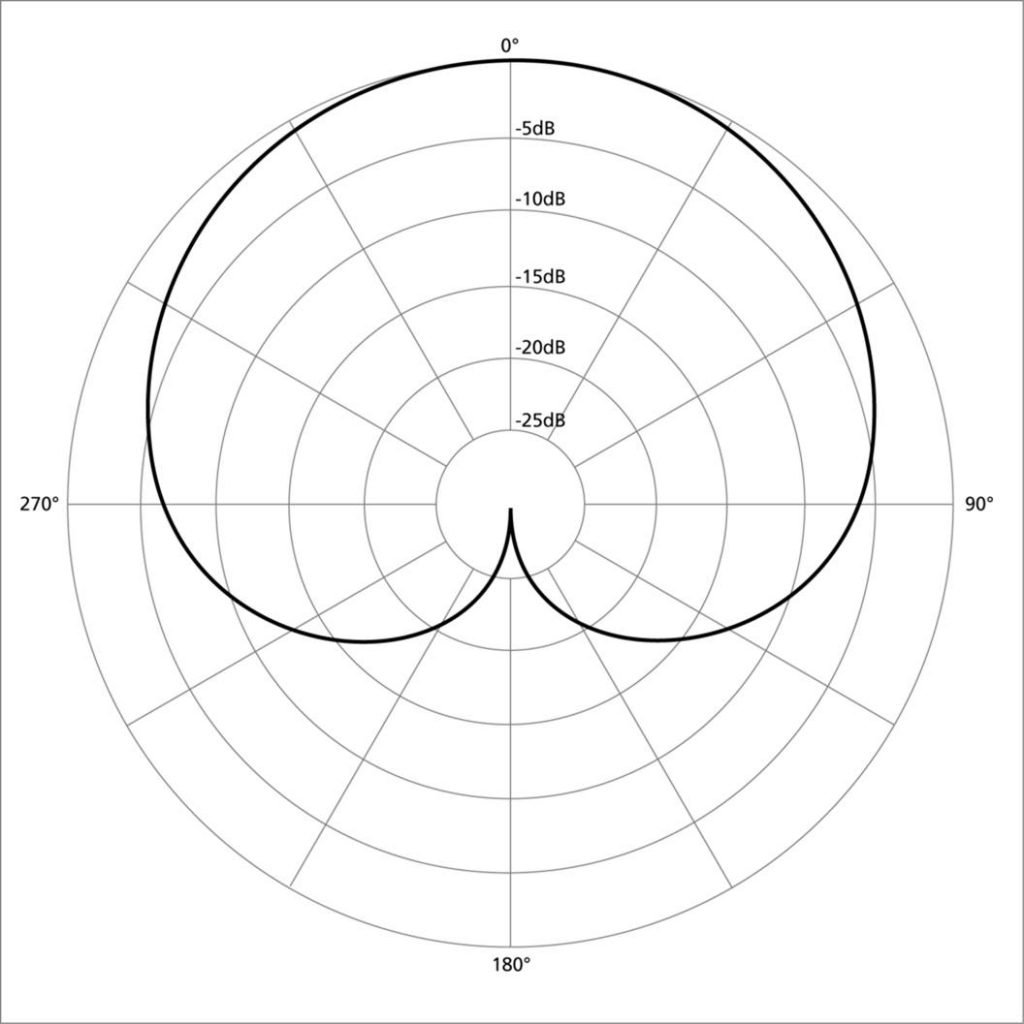
In short, a cardioid mic is great for focusing sound from a single source, while reducing pick-up from the sides and rear. A cardioid polar pattern would be highly effective at capturing the singer’s voice, but would also block out other sounds from the fold back monitors and instruments on the stage.

Cardioid mics are most commonly used for:
- Live performances
- Solo vocals
- Stereo XY miking (acoustic guitar)
By contrast, a supercardioid microphone has a much tighter pick-up angle than a cardioid (i.e, a tighter directional frontal polar pick-up pattern). It is most sensitive to on-axis sounds with null points at 127 and 233 degrees, and offers much better side rejection. The mic is however more sensitive to sound sources directly behind the mic with rear lobe of sensitivity.
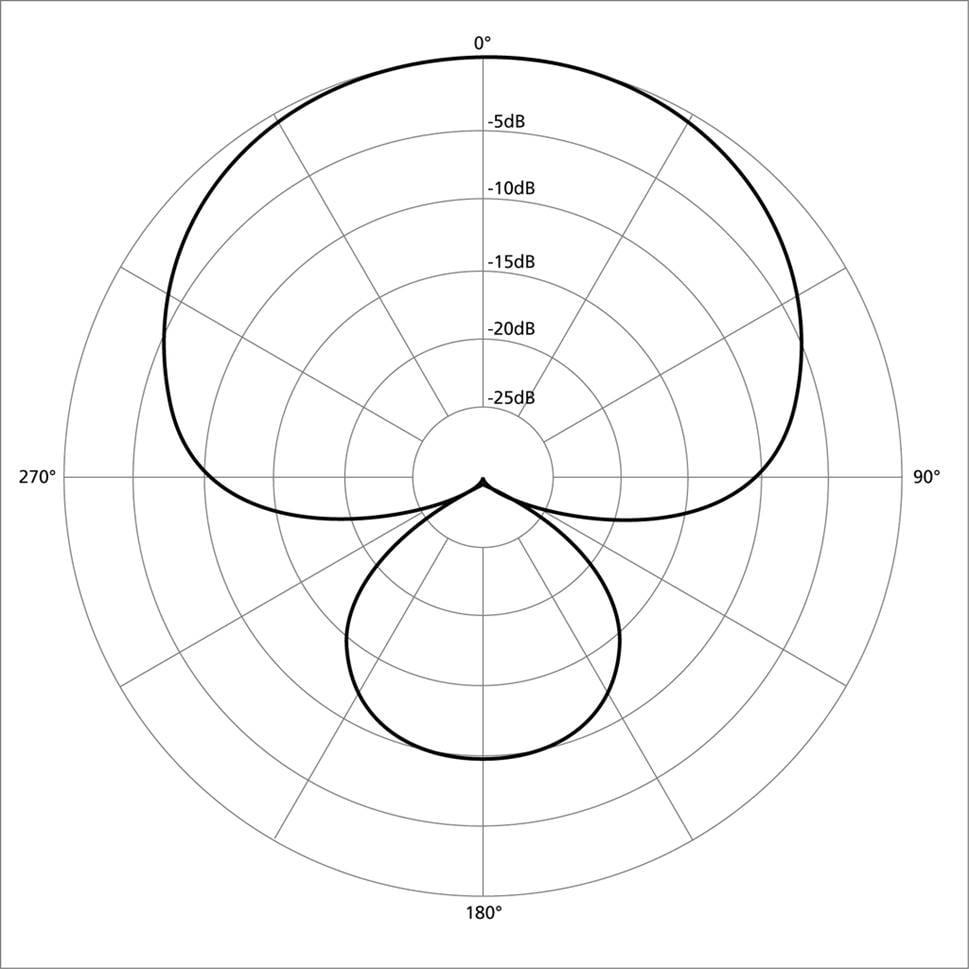
Consequently, a supercardioid mic provides better sound isolation from room noise and nearby instruments than a cardioid mic, but it requires the vocalist to maintain a consistent position in front of the mic to be heard.
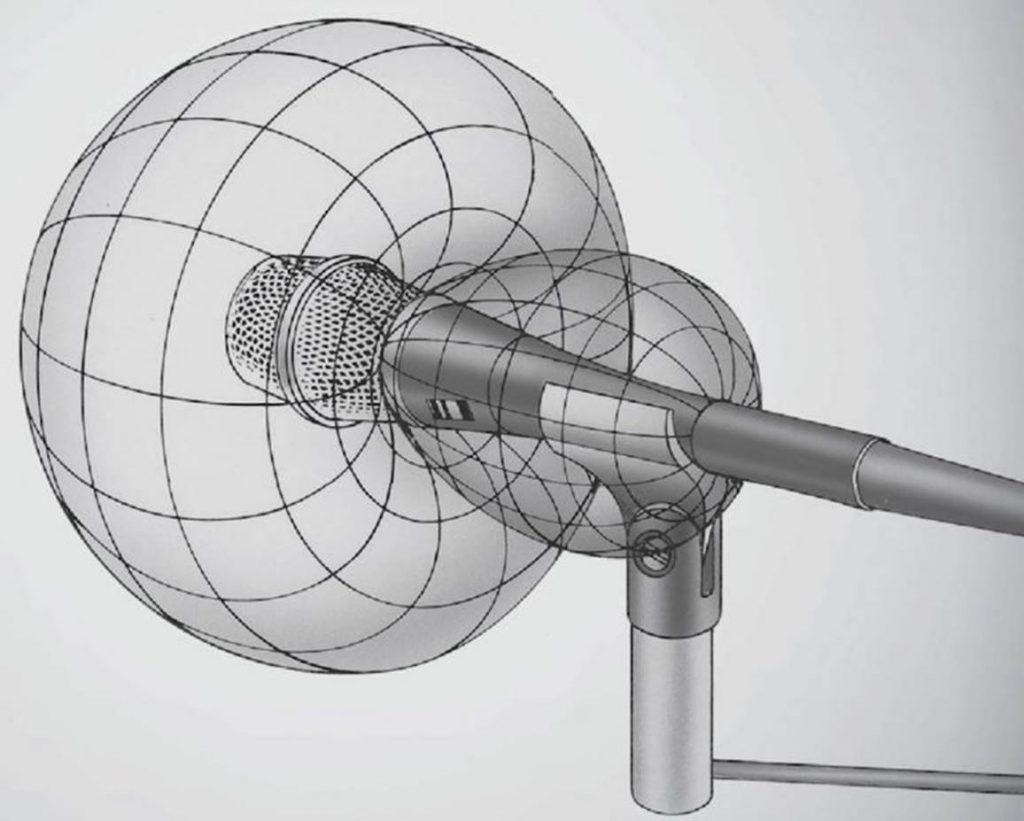
Supercardioid mics are commonly used for:
- Film and television sets to pick up directional sound
- Live performances for directional pickup
Should you get a cardioid or supercardioid mic?
Once you have developed a good understanding of the kind of polar pattern that you require, you’ll be able to visualize the recording microphone’s directionality on stage or in your recording studio.
By recognising the most sensitive and least sensitive areas of your microphone pick-up, you can position yourself or your instruments in such a way to achieve the desired sound effect, either by focusing the mic on vocals or reducing feedback around the mic when playing in a live band.
Understanding the desired polar pattern also helps you to make better decisions on where to position your mic and minimize the capture of unwanted sound.
If you are doing a lot of on-stage performances in a band, consider using a cardioid dynamic microphone to minimize the amount of side pick-up from other instruments such as drums.
A supercardioid mic may be best if you want to focus on recording vocals in greater detail without feedback from the surrounding environment or instruments.
Some classic examples of cardioid mics in recording:
Some examples of supercardioid mics in recording:
Next Steps
To learn more about the types of mics you should get to record live vocals, or how microphone polar patterns work in general, check out these posts:
